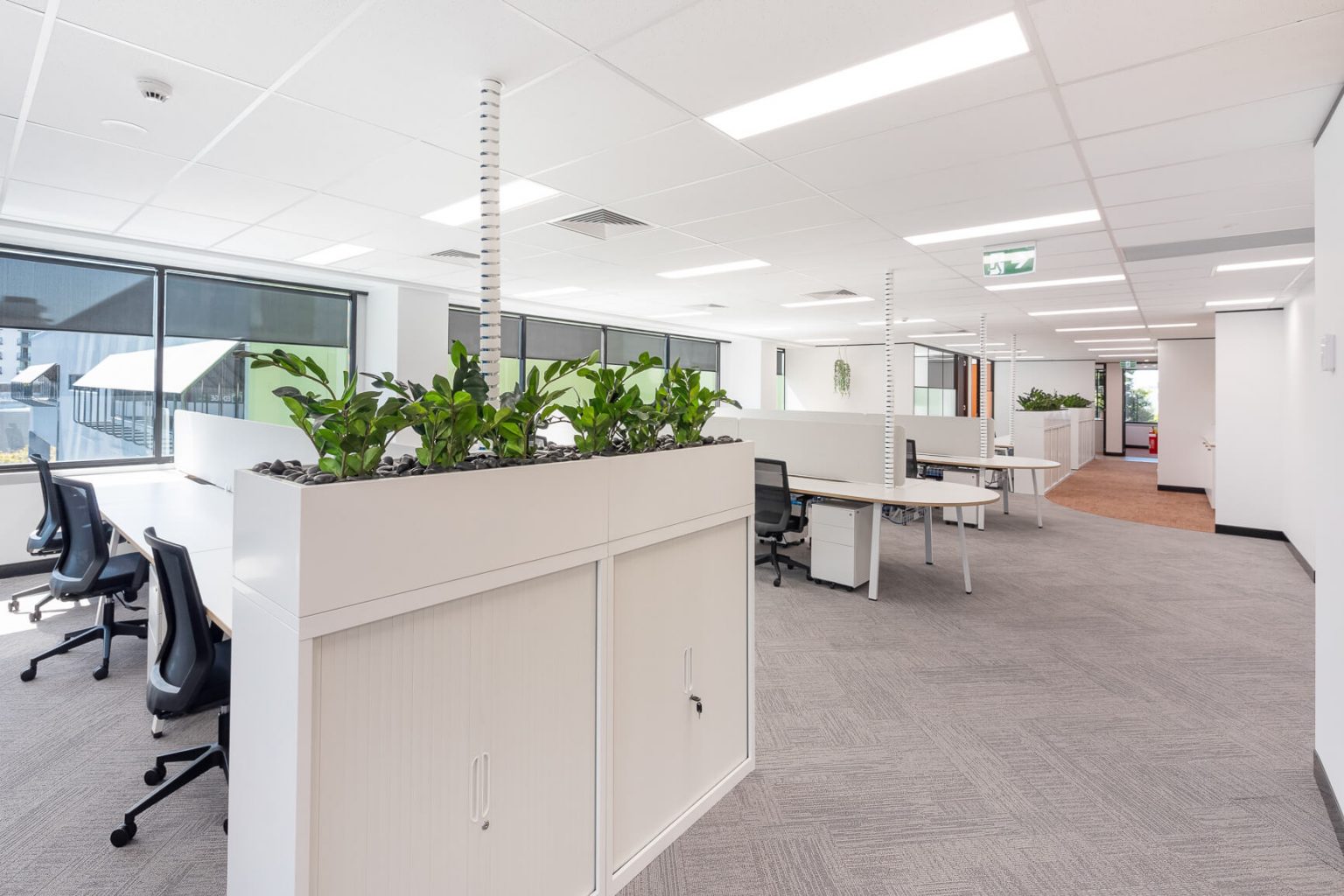
Open-plan office design ideas - Raw Commercial Projects
AI in the Open Office: Optimizing Space or Orwellian Nightmare?

Open-plan office design ideas - Raw Commercial Projects
Open-plan offices: love them or hate them, they're a staple of modern workplaces. But what if we could make them even *more* efficient? Enter AI-powered occupancy tracking systems. Sounds futuristic, right? But is it a smart solution, or a step too far into the realm of employee surveillance?
The Promise of AI-Powered Occupancy Tracking
Imagine a world where office space is perfectly optimized. No more empty desks, wasted energy, or conference rooms sitting idle. That's the promise of AI-powered occupancy tracking. These systems use sensors and AI algorithms to monitor how employees use the office. They can tell you which desks are occupied, how often meeting rooms are used, and even how employees move throughout the day.
The benefits are clear: Companies can use this data to optimize space allocation, reduce energy consumption, and improve office design. Think about it: Instead of guessing how many desks you need, you can have data-driven insights to make informed decisions. This can lead to significant cost savings and a more efficient workplace. According to FM Systems, AI can identify underutilized areas and optimize space allocation.
But before you start picturing a perfectly optimized office utopia, let's consider the other side of the coin. Are we sacrificing employee privacy for the sake of efficiency?
The Dark Side: Privacy and Ethical Concerns
Here's where things get a bit tricky. While the idea of optimizing office space sounds great, the reality is that these systems collect a *lot* of data about employees. Where they sit, when they take breaks, how often they collaborate – it's all being tracked. Is this information being used responsibly? Could it be used to unfairly evaluate employee performance?
One of the biggest concerns is the potential for employee surveillance. Are companies using this data to monitor employee productivity and behavior? Even if the intention is not malicious, the feeling of being watched can create a stressful and uncomfortable work environment. As Clario points out, constant surveillance can show a lack of trust in employees.
Furthermore, there's the question of data security. What happens if this sensitive data falls into the wrong hands? Could it be used for identity theft or other malicious purposes? These are important questions that companies need to address before implementing these systems.
My Take: A Balanced Approach is Key
I believe that AI-powered occupancy tracking has the potential to revolutionize the way we design and manage office spaces. However, it's crucial to approach this technology with caution and prioritize employee privacy. Companies need to be transparent about how they're using this data and implement safeguards to protect employee privacy.
Perhaps the solution lies in anonymizing the data or focusing on aggregate trends rather than individual behavior. Or maybe, as CHOOVIO IoT Solutions suggests, using GDPR-compliant sensors that avoid collecting personally identifiable information. The key is to find a balance between optimizing space and respecting employee privacy. It's not about choosing one over the other, but finding a way to make them coexist.
Ultimately, the success of AI-powered occupancy tracking depends on how it's implemented. If used responsibly and ethically, it can be a powerful tool for creating more efficient and productive workplaces. But if it's used to create a culture of surveillance and distrust, it could do more harm than good.
What do you think?
Is AI-powered occupancy tracking a smart way to optimize office space, or a step too far into employee surveillance? Share your thoughts in the comments below!
